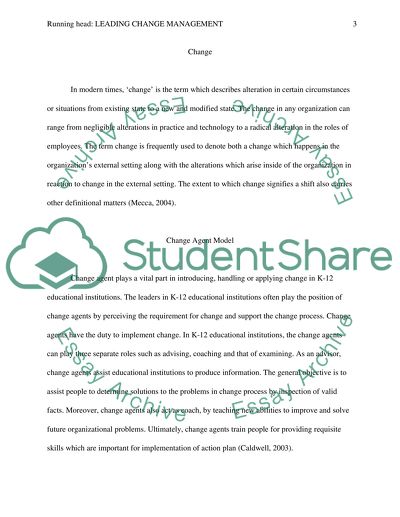Leading Change Management Research Paper Example | Topics and Well Written Essays - 750 words. Retrieved from https://studentshare.org/education/1451575-re-leading-change-management
Leading Change Management Research Paper Example | Topics and Well Written Essays - 750 Words. https://studentshare.org/education/1451575-re-leading-change-management.


